What Are Friction Fasteners?
Friction fasteners are mechanical elements used to fasten the rotating axes of various industrial machines to pulleys and gears. Friction fasteners are also called keyless bushings depending on the application. They are widely used in indusial machines as well as machine tools, semiconductor manufacturing devices and food machines.

The leading systems are a wedge system (mechanical system) that uses the principle of wedges and a hydro system (hydraulic system) that uses Pascal's principle.
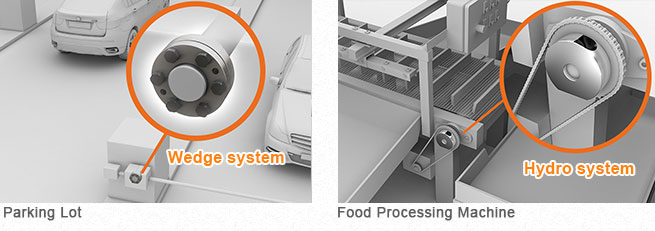
Thoroughly understanding the characteristics of each and incorporating friction fasteners that suit the application or location where they are used demonstrates various powers (e.g., a reduction in man-hours and an improvement in maintainability).
- Roles of Friction Fasteners
- Types and Characteristics of Friction Fastening Systems
- Optimal Usage Points to Suit the Characteristics of Friction Fasteners
and Their Effects - Friction Fastener Adoption Examples
- Friction Fastener Customization Examples
- Miki Pulley's Friction Fasteners product list
INDEX
Roles of Friction Fasteners
Why Do We Need Friction Fasteners?
Fastening systems have conventionally been used mainly with keys and set screws as the general axis fastening method. However, the following challenges exist with the fastening of keys and set screws.
- ・It is not suitable for machines that require precision because backlash occurs and
the rotating balance is poor. - ・Excessive costs are incurred because the axis must be processed
(key groove processing and flattening). - ・The strength of the axis decreases because the axis is scratched and fretting wear
(axis galling and seizure) occurs. - ・Position alignment becomes difficult, so the positioning of cams and gears is not easy.
- ・The key may fall off in the axial direction due to vibrations, so it is necessary
to prevent this. - ・The set screw may be loosened by vibrations, so it is necessary to prevent loosening.

Friction fasteners are used as fastening elements to solve these problems. They are also called keyless bushings when they are used for such applications.
The applications and types of friction fasteners have been diversifying recently. They are now not just used as keyless bushings.
Types and Characteristics of Friction Fastening Systems
Friction fasteners consist of highly versatile wedge systems and highly maintainable hydro systems. Using these friction fasteners to suit your equipment demonstrates various powers.
- 1.Wedge system (mechanical system): This is low cost and versatile.
However, it takes time and effort to mount/dismount. - 2.Hydro system (hydraulic system): This is slightly more expensive
than the wedge system. However, it is highly maintainable, easy and quick
to mount/dismount, and offers high precision. - Summary: Good Points of the Wedge System
- ・It is compact and can transmit high torque
- ・The processing tolerance of mating parts becomes larger
- ・It is possible to use with axes that have keyways
- Summary: Precautions for the Wedge System
- ・It uses multiple screws, so mounting/dismounting takes time and tightening
of the screws may be forgotten - ・Positioning to move in the axial direction is difficult
- ・If removing, a forcing tap is necessary
- ・Precaution is required in the design of parts because the surface pressure
on mating parts is high - Summary: Good Points of the Hydro System
- ・Mounting and dismounting are simple
- ・Anyone can mount with a high degree of precision
- ・Positioning is simple
- ・The surface pressure on the hub side is low, so it is possible to reduce
the outer diameter of the hub - ・Self-locking does not occur
- Summary: Precautions for the Hydro System
- ・If there is a keyway, it is necessary to fill the keyway
- ・The torque changes depending on the operating temperature,
so caution is required - ExampleExample of Application to a Slitter Knife Holder
- This is a hydraulic slitter knife holder. It is possible to perform axial direction positioning freely with one bolt with a holder that fastens a rotating knife used for cutting tin plate, iron plate, aluminum and paper in any position. Accuracy at the μm level can be maintained for reproducibility of face deflection due to attachment/detachment.
- ExampleExample of Application to a Gear Integrated Type
- Extremely high-precision concentricity can be maintained by giving a gear an integrated structure. Simple positioning in the axial direction and engagement direction then becomes possible.
- ExampleSupport for Sleeve Length upon Request
- We can also handle the thin parts of mating mounting hubs by shortening the sleeve length compared to the standard type according upon request.
- ExampleExample of Application to a Holding Jig
- Installation on a work table as a holder for assembly and processing makes stable work possible. In addition, the reproducibility of the part holding position can be set extremely high.
- ExampleAdditional Processing of Back Facing Holes and Tapped Holes
- It is possible to additionally process back facing holes for ETP positioning when installing to a device.
*Please contact us for additional processing positions. - ExampleApplication to D-cut Shapes
- It is possible to avoid interference by performing additional processing for parts with interference when installing to a device. Examples include D cuts.
* Please contact us for the d-cut position.
| Type | Photograph | Torque | Torque | Positioning Accuracy | Concentricity | Price | Tolerance | Temperature | Details |
|---|---|---|---|---|---|---|---|---|---|
| Wedge system | 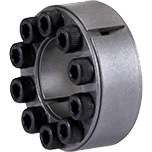 |
◎ | △ | △ | △ | ○ | ◎ | ○ | more |
| Hydro system | 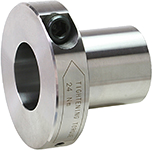 |
○ | ◎ | ◎ | ◎ | △ | ○ | △ | more |
This video compares the mounting times of friction fasteners.
It is necessary to use a type suitable for the equipment depending on the location of use and application to maximize the advantages of friction fasteners. We explain the detailed characteristics of each type below.
1.Features of the Wedge System (Mechanical System)

Wedge type friction fasteners are comprised of multiple parts such as cylindrical components and screws. In general, this is called the wedge system or mechanical system.
This is a system in which power is applied from the axial direction to two taperings to generate power with high friction between the axis and hub using the wedge principle. It is compact and high torque can be transmitted. Therefore, the processing tolerance of the mating parts increases. In addition, it is also possible to use with axes that have keyways depending on the conditions.
However, since multiple screws are used, it takes time to attach/detach and it is possible tightening may be forgotten. Furthermore, if dismounting, a space to tighten the screws and a space to insert the dismounting screws (forcing tap) is necessary. This means that caution is required. In addition, it is necessary to take into account various points: the outer diameter of the hub may become larger because the surface pressure power is high, self-locking (when a wedge engages and it cannot be dismounted) may occur and positioning to move in the axial direction at the time of mounting is difficult.
2.Features of the Hydro System (Hydraulic System)
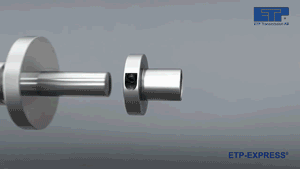
Hydro type friction fasteners are a system that fasten by using Pascal’s principle (Overview of Pascal’s Principle).
In general, this is called the hydro system or hydraulic system. Pressing and compressing pressure media enclosed in a sleeve with one screw generates frictional power between the axis and hub to fasten. (Click here for a movie of the operating principles.)
Attachment/detachment in a limited work space is possible. Furthermore, anyone can mount it with a high degree of precision just by tightening one screw. Moreover, there are other advantages: it is possible to reduce the outer diameter of the hub because the surface pressure on the hub side is low, self-locking does not occur and it is easy to position when tightening.
On the other hand, the torque changes depending on the operating temperature, so caution is required with the usage environment. In addition, if there is a keyway, it is necessary to fill in the keyway. It is more expensive than the wedge system. However, it is possible to greatly reduce work hours by using in places with frequent attachment/detachment and places where high mounting precision is required. Accordingly, total costs can be reduced.
Optimal Usage Points to Suit the Characteristics
of Friction Fasteners and Their Effects
Optimal Usage Points for the Wedge System
The wedge system requires time for attachment/detachment because multiple screws are using when mounting it. Positioning also tends to be difficult because the hub moves in the axial direction. Therefore, it is suitable for points that do not require high-precision mounting with little attachment/detachment.
Optimal Usage Points for the Hydro System
It is possible to fasten just by tightening one screw due to the innovative structure and operating principles in the hydro system. Accordingly, positioning is simple and high-precision mounting is possible. Therefore, a man-hour improvement effect can be obtained by adopting this system at points that require frequent attachment/detachment due to setup changes or disassembly maintenance and points that require high-precision mounting.
We introduce below specific calculation examples to see the extent of the improvement effect that can be obtained in concrete terms.
Calculation Examples
For example, let’s imagine that the wedge system has been adopted for equipment that requires frequent maintenance.
If this is reviewed and replaced with the hydro type friction fastener, a man-hour reduction effect can be obtained.
Let’s calculate this with the example below. It is possible to obtain a man-hour reduction effect of at least 20,000 yen a year just by replacing a hydro type friction fastener in one place.
Please apply your usage conditions and check whether adopting the wedge system or hydro system is more effective.
(→ Click here for a video comparing the attachment/detachment time of the wedge system and hydro system)
| Wedge system | Hydro system | |
|---|---|---|
| Work labor rate | 35 yen / minute | |
| Number of attachments /detachments per day |
one time | |
| Mounting time per time | 200 seconds | 20 seconds |
| Dismounting time per time | 200 seconds* | 10 seconds |
| Price | 5,500 yen (For PSL-G-30) |
13,310 yen (For ETP-E-030-NH) |
Therefore, the dismounting time is equal to the mounting time.
If we compare the wedge system and hydro system under the above conditions…
Difference in work time for mounting/dismounting one time = 370 seconds
Man-hour reduction effect for one day ≒ 215.8 yen
Man-hour reduction effect for one year (240 days) = 51,800 yen
Price difference between the wedge system and the hydro system = 7,810 yen
Adopting the hydro system in one place…
Man-hour reduction effect per year = 43,990 yen
Friction Fastener Adoption Examples
Miki Pulley’s Friction Fastener Lineup
The lineup of Miki Pulley’s friction fasteners is as below. We introduce the characteristics and details of each model in the table format. You can view more detailed information on the specifications, dimensions, drawings, structure and materials of each model from the “Details” button.
| Model | System | Photograph | Features | Adoption Examples | Details of Specifications | |
|---|---|---|---|---|---|---|
| ETP-E Plus (ETP BUSHINGS) |
Hydro system |  |
Motor axis dimensions compatible | One screw tightening | > Adoption Examples | more |
| ETP-T (ETP BUSHINGS) |
Hydro system | 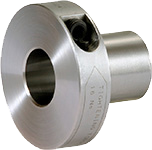 |
High precision mounting | One screw tightening | >Adoption Examples | more |
| ETP-A (ETP BUSHINGS) |
Hydro system | 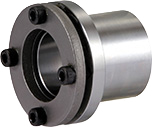 |
High radial load compatible | Few bolts | >Please contact us | more |
| ETP-H (ETP BUSHINGS) |
Hydro system Wedge system |
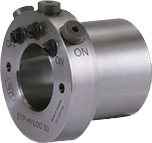 |
High radial load compatible | High torque | >Adoption Examples | more |
| PSL-G (POSI-LOCK) |
Wedge system |  |
High torque | High radial load compatible | >Please contact us | more |
| PSL-K (POSI-LOCK) |
Wedge system | 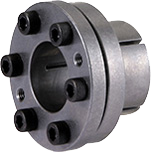 |
Relatively small sleeve inner/outer diameter | High radial load compatible | >Please contact us | more |
| PSL-D (POSI-LOCK) |
Wedge system | 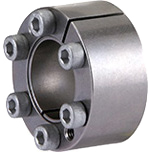 |
For medium loads | High radial load compatible | >Please contact us | more |
Hydro Type Friction Fastener Adoption Examples
We receive many questions from our customers about hydro type friction fastener adoption examples. We introduce below what kind of points hydro type friction fasteners are used and what kind of advantages they have in concrete terms with Miki Pulley’s products serving as the examples.
ETP-E Plus Model Adoption Example
↓ Conveyance, Packing and Printing Machines

Our ETP-E Plus is adopted in various applications (e.g., conveyance, packing and printing machines). Final positioning of the timing pulley or sprocket and phase adjustment is possible with one bolt. Moreover, it can be adjusted from the radial direction. Therefore, it contributes to space saving designs. Furthermore, it is possible to use this model with ETP hydro fastening uniform surface pressure even for hubs of materials that cannot accept extreme pressure (e.g., aluminum and cast metal).
↓ Newspaper Printing Folding Device
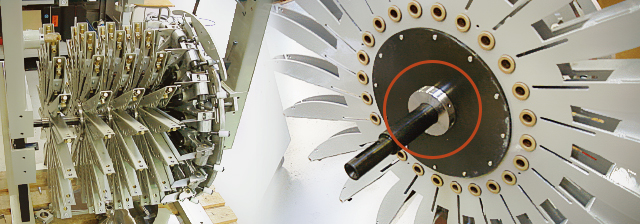
Friction fastener ETP-E Plus model adoption example: Newspaper printing folding device This newspaper printing folding device needed to be mounted from the radial direction to secure the radial folding device to the axis. High concentricity is also required to suppress the vibrations. The ETP-E Plus can be mounted from the radial direction because it is a one screw tightening system. It is also possible to solve such challenges because it has a high degree of concentricity.
↓ For Conveyance Applications Requiring Positioning with Chain Transmission and Tuning
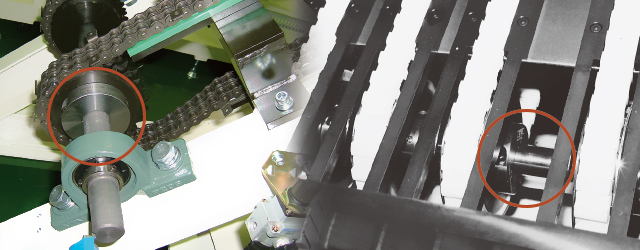
Friction fastener ETP-E Plus model adoption example: For applications requiring positioning with chain transmission and tuning This model is useful for the rotational phase adjustment of pulleys and sprockets. It is simple to loosen, adjust and tighten with one bolt even in tight spaces from the radial direction with the ETP-E Plus. This means adjustments can be performed in a short period of time to increase production efficiency.
ETP-T Model Adoption Examples
↓ Roller Fixation on an Aluminum Radiator Production Line for Automobiles
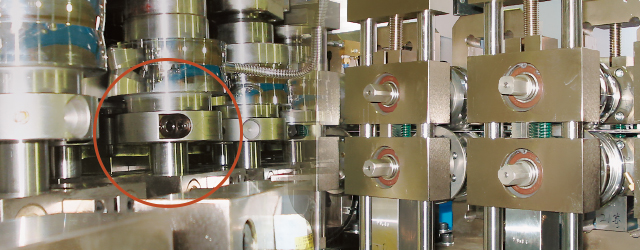
Friction fastener ETP-T model adoption example: Roller fixation on an aluminum radiator production line for automobiles The concentricity of the ETP-T model has a very high precision at 0.006 mm. It is possible to simply adjust and maintain in the axial direction. For example, this model is used for the roller fixation on an aluminum radiator production line for automobiles. It is possible to simply adjust the solid concentricity and axial direction positioning. Mounting can be adjusted with one bolt when changing the setup of the manufacturing line in response to the high thrust load after fastening.
↓ Fastening a Special Gear Made of Carbon Fiber in a Printing Machine with the ETP-T Model
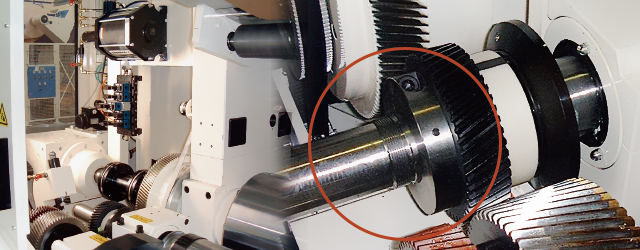
Friction fastener ETP-T model adoption example: Fastening a special gear made of carbon fiber in a printing machine The ETP-T model maintains a tolerable surface pressure of a flexible special gear with medium uniform special pressure to prevent deformation. In addition, high-precision mounting reduces imbalance and noise.
ETP-H Model Adoption Examples
↓ For the Fixation of Iron Draw Rollers
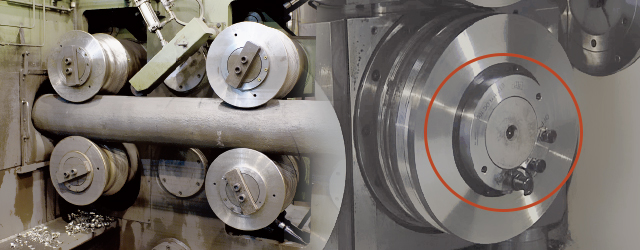
Friction fastener ETP-H model adoption example: Iron draw roller fixation Accurate adjustment and positioning of the roller are possible with the ETP-H model. A high radial load can be accepted. It is possible to simply replace the roller in a short period of time with a hydraulic pump.
It is necessary to perform a review from one such part and then select each part with the optimal product that suits your equipment to obtain the maximum benefits including an improvement in work efficiency and production efficiency when reconsidering and improving the production structure.
Miki Pulley has adopted to the Toyota production system and worked to improve our production structure for many years now with our long history in the field of transmission/control equipment and machine element. This means that we propose machine elements and friction fasteners that can maximize the power in your equipment by making full use of the knowledge and technical capabilities we possess.
Please consult with Miki Pulley when you wish to review your production structure and select parts.
Friction Fastener Customization Examples
Miki Pulley also handles many custom products and fully build-to-order manufactured products. In particular, we can provide customization for most of our products. We have set up a flexible structure to meet the specific needs of each of our customers.
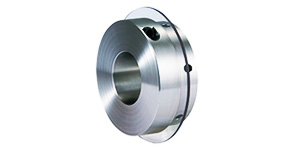
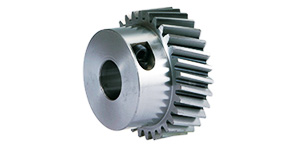
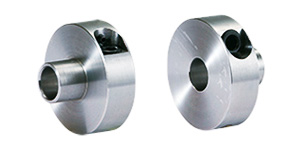
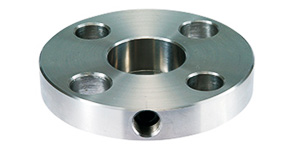
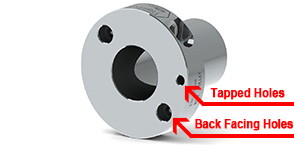
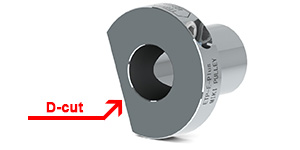
 日本語
日本語 English
English Deutsch
Deutsch 中文
中文 한국어
한국어






